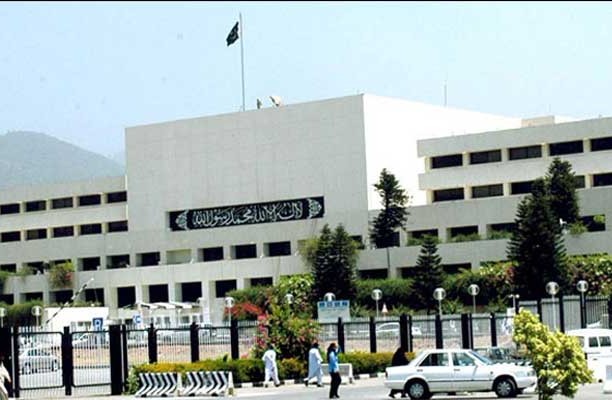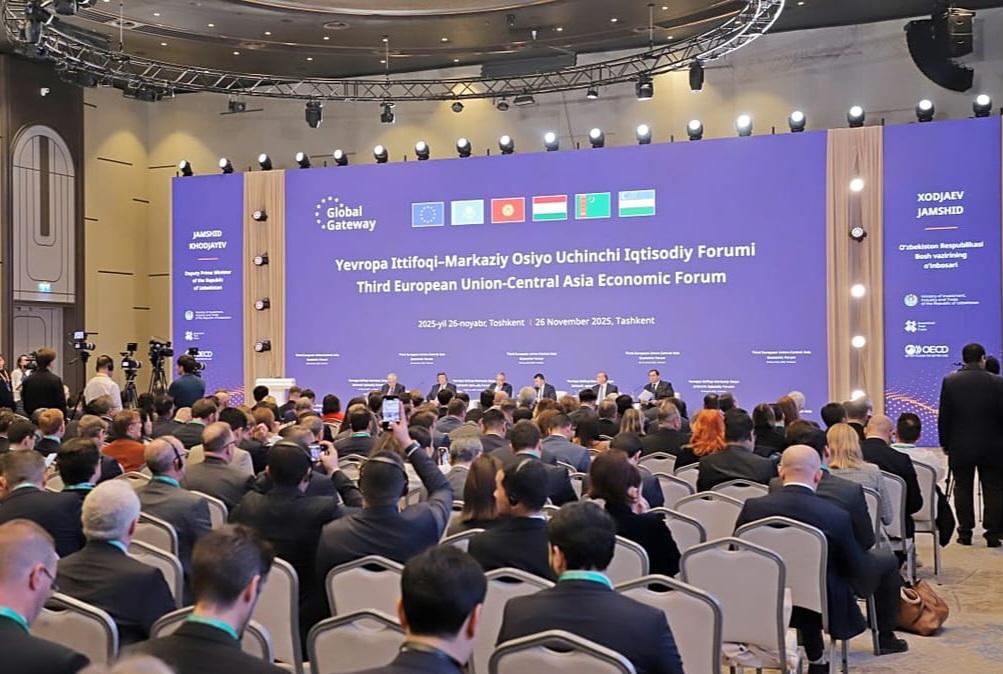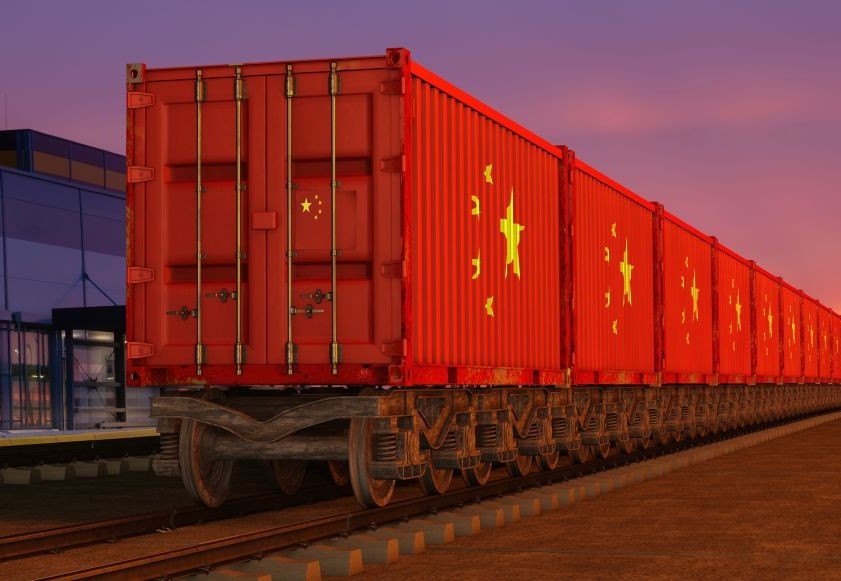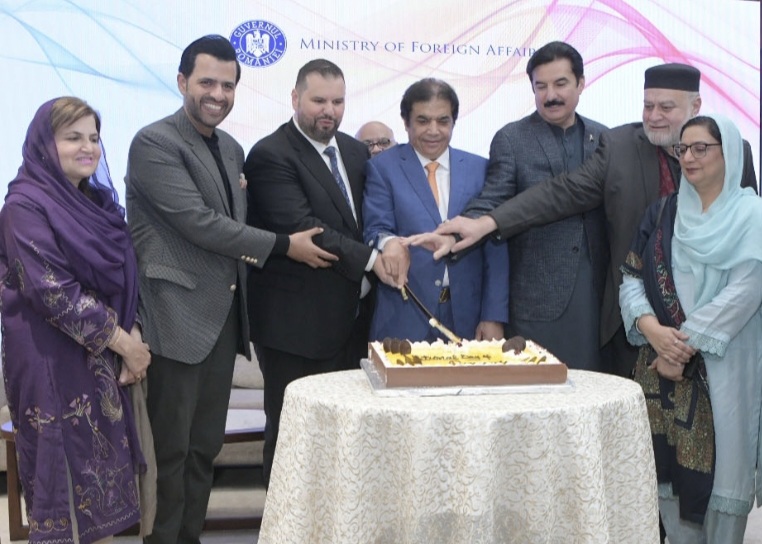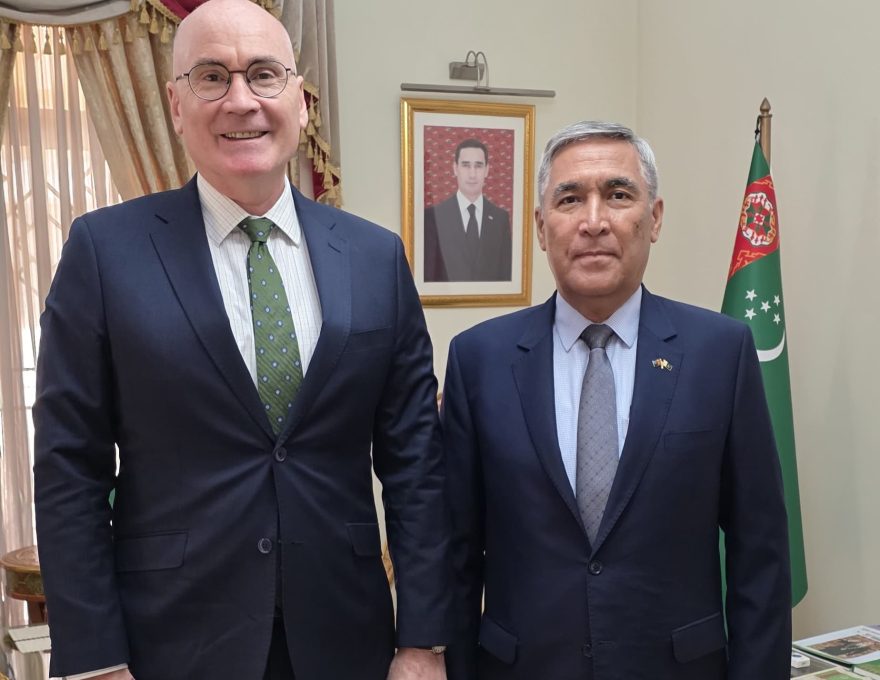“Though front-loading by American importers has delayed the full impact of tariffs, the long-term economic drag—marked by hesitant investment, declining capital flows, and inefficient allocation of labor and capital—could ripple through the U.S. economy for a generation or more,” warned Robert Koopman, former Chief Economist of the WTO and now a senior lecturer at American University, at this week’s World Economic Forum (Summer Davos) in Tianjin.
As U.S. policymakers double down on reshoring and decoupling, economists warn that short-term political wins could come at the expense of long-term economic vitality. What appears as economic self-reliance may in fact be the slow erosion of America’s global economic edge.
Reshoring, but at what price?
Admittedly, efforts to pull companies back to invest in the U.S. might achieve partial success, but economists agree that any gains are unlikely to offset the broader damage caused by protectionist policies.
“Ultimately, it’s the importer who pays the tariff,” Koopman confirmed. “Trump liked to claim exporters would bear the cost. But in reality, during the previous administration, only about 5% of tariff costs were paid by foreign exporters. About 50-55% was absorbed by firms through profit margins, and the remainder was passed directly onto consumers.”
“The struggle is vivid, and the likelihood of continuing inflation is significant,” Graham Allison, Professor of Harvard Kennedy School of Government, opined.
More importantly, having companies set up factories in the U.S. is not the end of the story. Economists doubt the narratives of job creation and industry revitalization.
“Companies looking to relocate to the U.S. will face several challenges, foremost among them the shortage of skilled labor. American firms report persistent difficulties in finding workers with the specific expertise required for modern production. This skills gap is not a temporary issue—and it’s unlikely to disappear anytime soon,” said Jeffry Frieden, Professor of International and Public Affairs and Political Science, Columbia University.
Since its peak of 19.6 million workers in 1979, American manufacturing has lost over a third of its workers. As of 2023, about 25% of all manufacturing workers were immigrants. “Our immigration policy has dramatically reduced the supply of unskilled labor in the U.S., which is a major obstacle for firms seeking to expand or return production to U.S. soil,” Frieden noted.
A likely scenario is that reshoring may not yield a net increase in employment at all. “The number of jobs brought back to the U.S. may not counterbalance the number of jobs cut from a shrinking export market,” he said.
More damaging is the dampened foreign investment in this country. “Tariffs distort capital allocation,” Koopman explained. “They redirect investment from highly productive and competitive sectors into protected industries like textiles or footwear, which are often less efficient. What fills the gap is often automation, not jobs.”
The result, he argued, is a gradual erosion of the innovation ecosystem. “Over time, we lose dynamism, reduce our capital stock, and misallocate resources—hurting long-term growth.”
Frieden echoed this view: “Reduced trade and foreign investment lowers economic efficiency, dampens consumption, and shrinks our ability to compete globally.”
According to Gruenwald, the impact comes not only from tariffs themselves, but also from the uncertainty of tariff policy. “If tariffs were stable, we could model their effects. But the unpredictability—what the rate is, how long it lasts, which goods or partners are targeted—chills investment,” he said, adding, “It pushes down consumption, M&A activity, and bond issuance.”
Indeed, data from financial analytics firm Dealogic shows that private-equity-backed IPOs in the U.S. and Europe plummeted from 116 in the first half of 2021 to just nine in the first half of 2025. Gruenwald estimates annual U.S. GDP growth may slow to 1.5-2%, down from previous levels.
Still, the world’s giant, only shorter
The U.S. tariffs are accelerating a broader realignment in global trade architecture that cuts itself from the global growth story: China and the EU are deepening ties, with Europe seeking alternative markets to offset U.S. trade barriers. Developing nations, once dependent on the U.S. market, are pivoting to intra-Asian and South-South trade networks.
“Countries that once looked to the U.S. market as a growth engine are rethinking,” said Frieden. “The U.S. now accounts for only around 13% of global cargo imports. Nations are revising expectations and exploring alternative markets.”
America’s traditional advantage in innovation is also narrowing. China, India, and parts of Europe are closing the gap, investing heavily in frontier technologies. If U.S. policymakers further restrict international academic and investment flows—as some voices in Washington advocate—they may stifle the very engines that sustained American growth in recent years, Koopman cautioned.
“The U.S. is stepping back from its historical role in the global economy. The global economy and trade relations are subject to a redesign,” Gruenwald said.
Can things get better four years later?
“The real long-term cost is the loss of goodwill, which is hard to win back. Trade agreements cannot be renegotiated in 90 days. Unilateral moves by the U.S. may force other countries to strike deals with one another, bypassing Washington,” he said, adding, “There’s talk of the EU cooperating with CPTPP members. ASEAN is deepening internal trade. These are opportunities for nations to work around the U.S., not with it.”
Mr. Qaiser Nawab, a global peace activist, is a distinguished international expert specializing in the Belt and Road Initiative (BRI), Afghanistan, Central Asia and founder of the Belt and Road Initiative for Sustainable Development (BRISD), a newly established global think-tank headquartered in Islamabad, in conjunction with the one-decade celebration of BRI.




